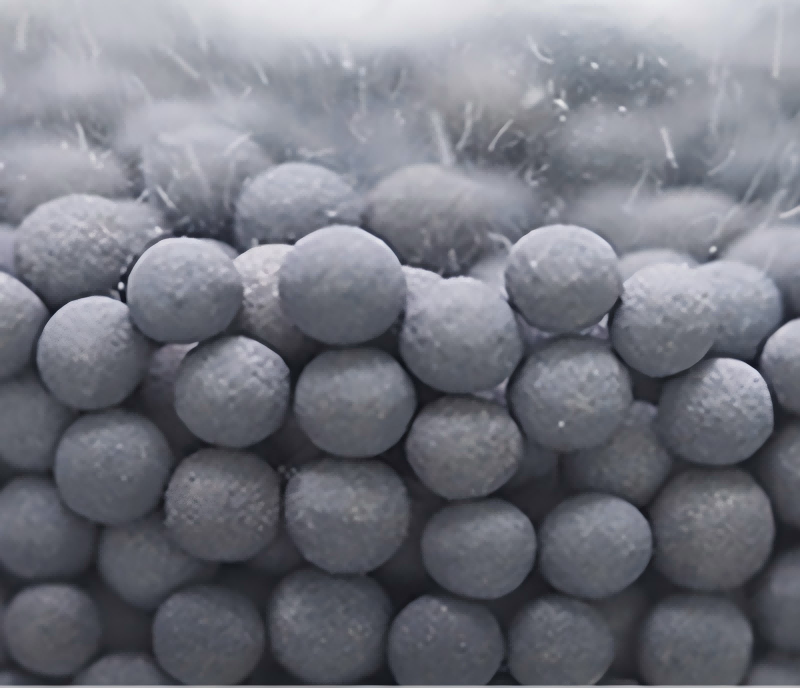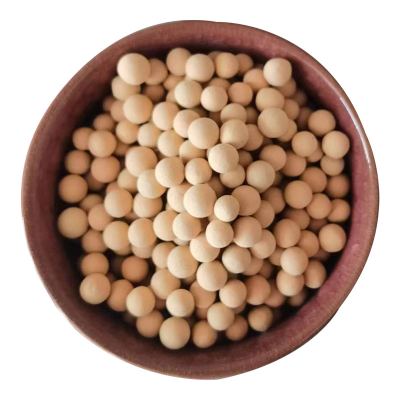Research Results on Reducing Pesticide Residues Using Hydrogen
Pesticide residues are a general term for trace amounts of pesticide precursors, toxic metabolites, degradation products, and impurities that remain in organisms, agricultural products, soil, water, and the atmosphere after a period of time after pesticide application. Some pesticides applied to crops adhere to the crops, while others are dispersed in the soil, air, and water. Some of the environmental residues are then absorbed by the crops. Pesticide residues can enter humans and livestock directly through fruit, water, and the atmosphere, or ultimately reach humans through the environment and the food chain. In particular, improper use of pesticides is common in high-value agricultural products, such as fruits and vegetables, to ensure that the production process is free of pests and diseases.
After being absorbed by plants, pesticides do not remain in the plant's body permanently; instead, they are slowly "digested" by certain enzymes within the plant. However, this process is not as rapid as one would like, resulting in the possibility of pesticide residues remaining in agricultural products even after harvest. Current research on reducing pesticide residues in fruits and vegetables focuses primarily on spraying with exogenous chemical agents. In theoretical research, a team led by Academician Yu Jingquan of Zhejiang University has discovered that endogenous substances such as brassinolide and glutathione can promote the degradation and metabolism of pesticides in plants. For example, treatment with brassinolide increased the expression and enzyme activity of many genes involved in pesticide degradation, such as P450 and GST. These genes "guide" the production of proteases that gradually convert pesticides into water-soluble or low-toxic substances, while some are directly excreted from the body.
Under the action of active hydrogen, hydrogen-rich water transforms ordinary water molecules (large clusters of 10-15 molecules) into small clusters of 5-8 molecules. Small clusters have enhanced penetration, penetrating deep into the tiny pores of agricultural products, reaching pesticide residues deep within the surface, where traditional water can't reach. Furthermore, their lower surface tension allows them to adhere more tightly to pesticide residue molecules. Through a "wrapping-dissolving" process, small-molecule pesticide products from the second degradation step, as well as partially degraded but detoxified pesticide intermediates, are stripped from the surface of the agricultural products and dissolved into the hydrogen-rich water, forming a "water-pesticide residue degradation product" system.




